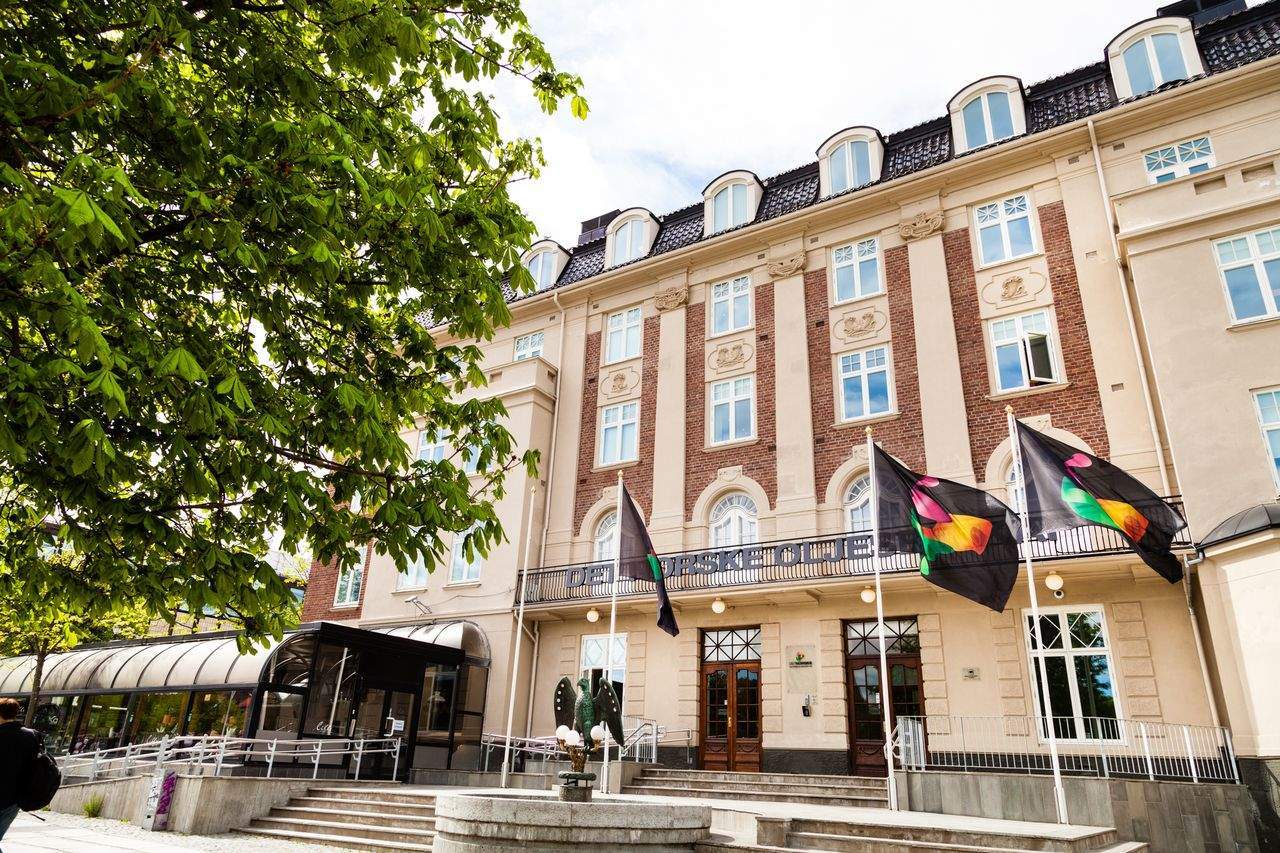
According to the Norwegian oil exploration and development company, the discovery is not being considered to be commercial as of now. However, it will review the well results along with its partners during further evaluation of the area.
Initial results from gas samples show that the gas could be in the gas-hydrate phase. The licensees are looking to clarify the same by carrying out additional analysis.
The size of the discovery is estimated to be 2-3.5 billion standard cubic metres of recoverable gas, should there be free gas in the reservoir.
Aker BP Exploration SVP Gro Gunleiksrud Haatvedt said: “Per today it is not considered to be commercial, but we will re-evaluate the volume and commerciality if it is concluded that the gas is in gas hydrate phase.”
The wildcat well 7221/12-1, which was drilled by Deepsea Stavanger to a vertical depth of 700m, intersected a total gas column of nearly 20m in the upper portion of the Snadd formation. Out of this, a total of 7m of sandstone layers has been reported to have good to moderate reservoir quality.
Aker BP reported that the gas-water contact was intersected approximately 555m under the sea surface.
The 7221/12-1 well, which is the second exploration well in production license 659 will now be permanently plugged and abandoned, as per Aker BP. It was drilled approximately 20km west of the 7222/11-2 discovery well (Langlitinden) and nearly 175km northwest of Hammerfest.
With a stake of 50%, Aker BP is the operator of license 659 and is partnered by Petoro and Lundin Norway, which hold stakes of 30% and 20% respectively. The production license 659 was granted by NPD in 2012 in APA2011 on the Norwegian shelf.
Deepsea Stavanger having completed its work of drilling the 7221/12-1 well will be moved to the North Sea to drill appraisal well 25/4-12 S in production license 203, which is also operated by Aker BP.






